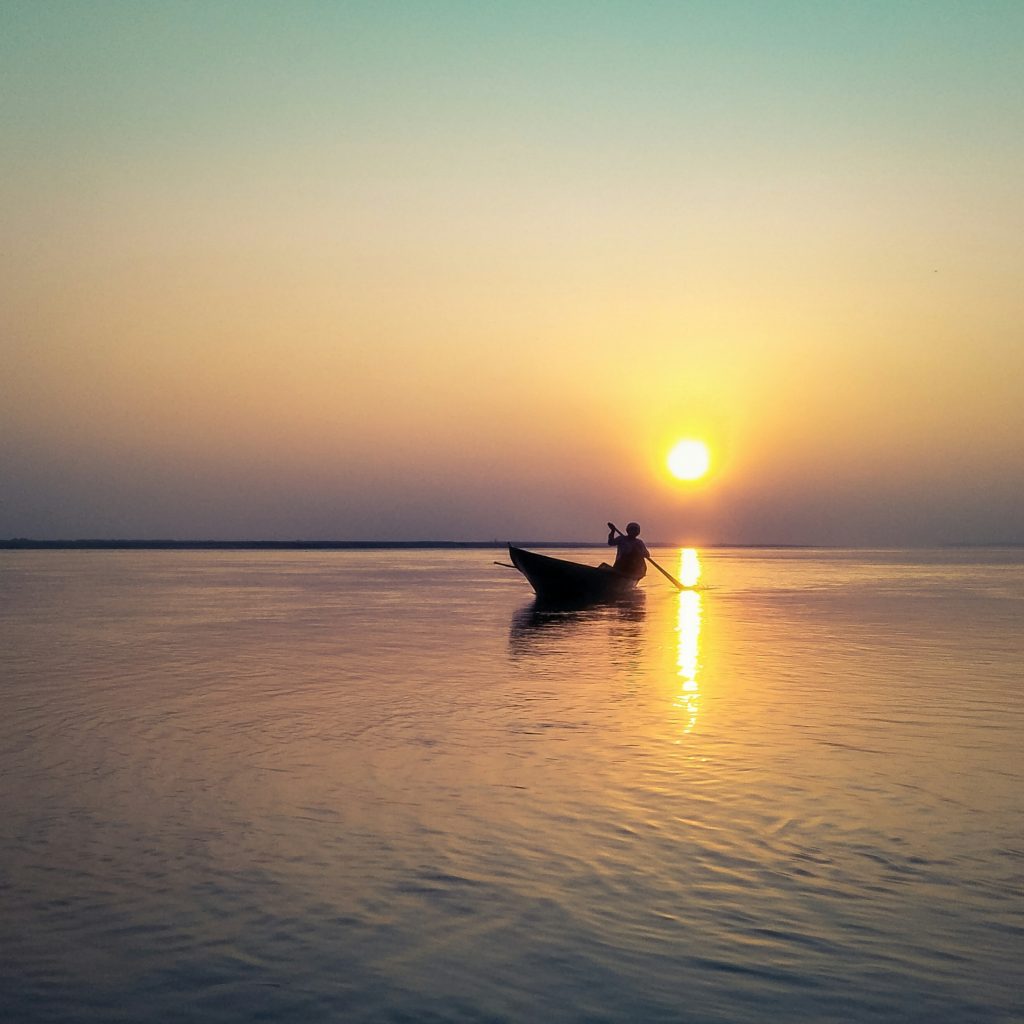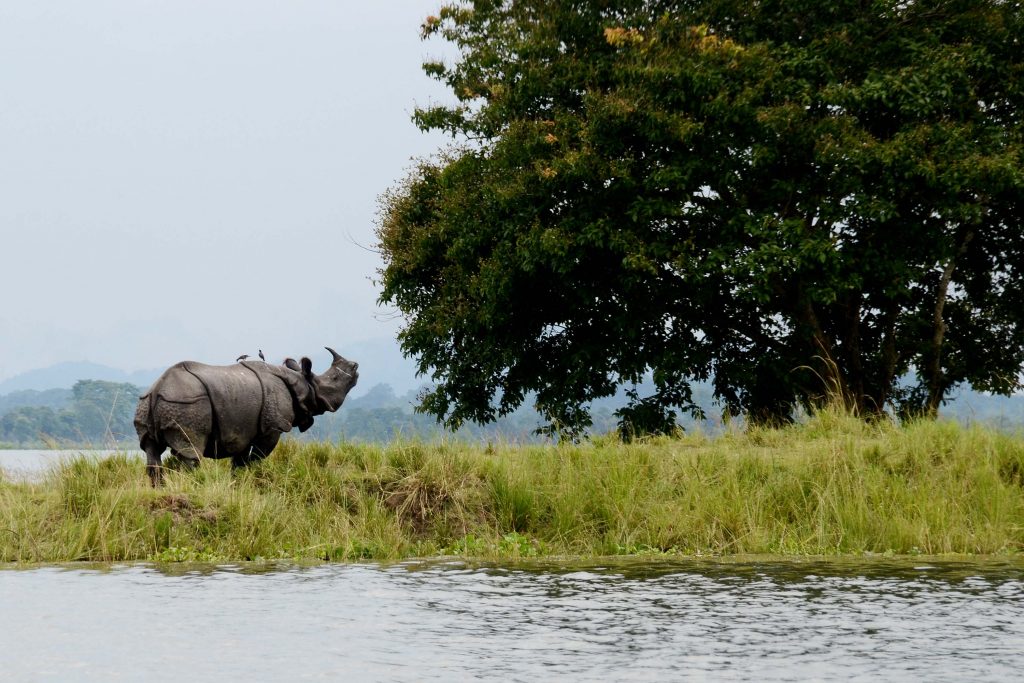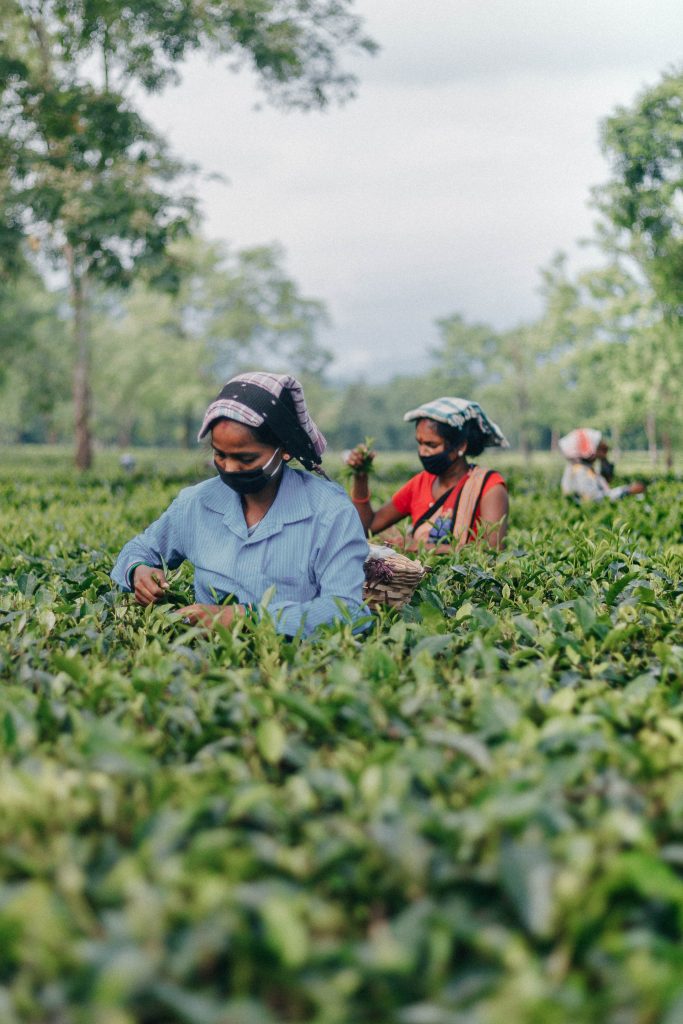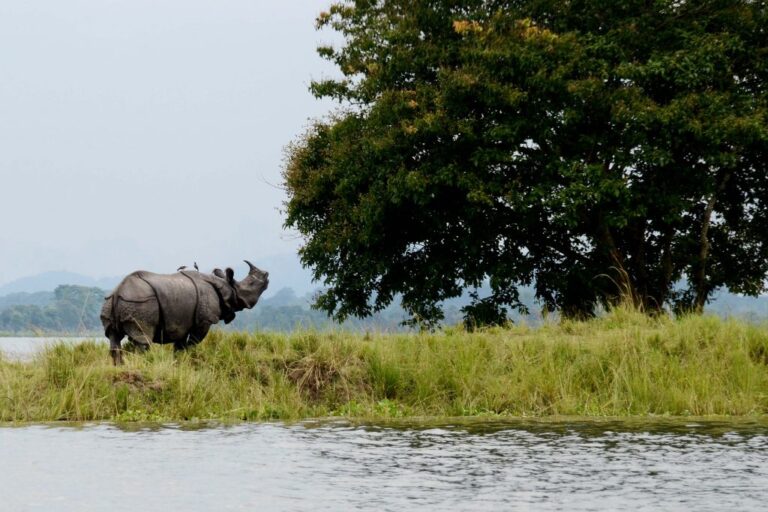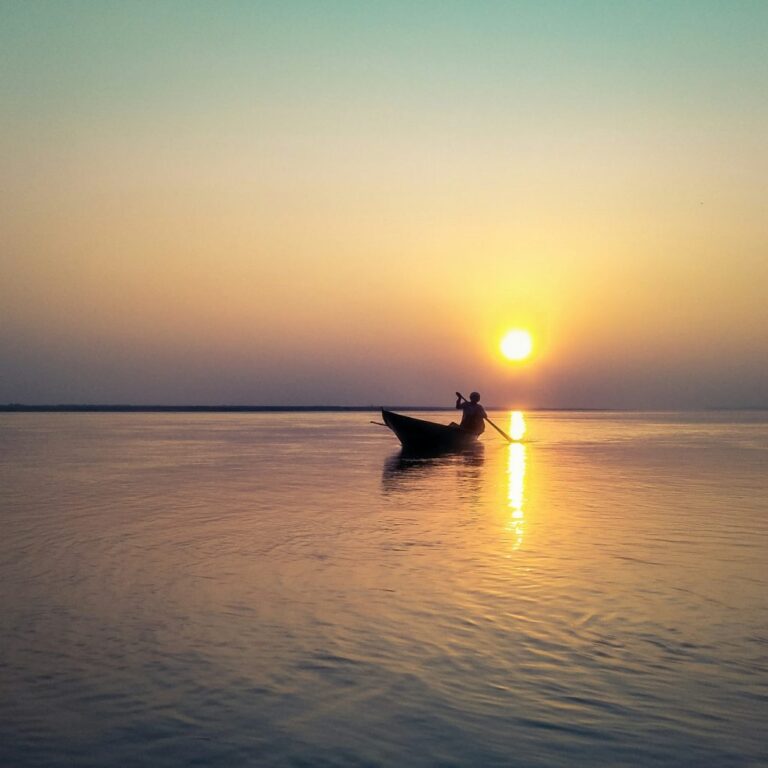Assam is a land of rivers. The state has more than 100 big and small rivers. Most of them originate from the Himalayas. The rivers play an important role in the life of the people of Assam. They are used for transport, irrigation and power generation. The rivers also provide water for domestic use and for industries.
Assam and its rivers
The mighty Brahmaputra, one of the largest rivers in the world, runs through the heart of Assam. The river and its tributaries have shaped the state’s geography and culture over centuries.
The Brahmaputra is known as the lifeline of Assam. It is not only a source of water for irrigation and drinking, but also provides livelihoods for millions of people who live along its banks. Fishing, boat-building, and transportation are just some of the ways that people here depend on the river.
During the monsoon season, the Brahmaputra swells dramatically, often causing devastating floods. While these floods can be destructive, they also deposit rich soil on the riverbanks, making them fertile for agriculture. In this way, the river plays an important role in sustaining life in Assam.
How the floods affect Assam
When the floods come in Assam, it is a time of great upheaval and disruption. The water rises quickly and without warning, often cutting off villages from the outside world. People are forced to evacuate their homes, leaving behind all their possessions. The floods also bring with them a great deal of damage and destruction. Crops are ruined, houses are washed away, and lives are lost. The floods have a profound impact on the people of Assam and their way of life.
The government’s response to the floods
The Assam floods have been a regular occurrence over the past few years. This year, the floods have caused devastation across the state, with over 4 lakh people being affected. The government’s response to the floods has been criticized by many, with some even calling for the resignation of the Chief Minister.
The government has been accused of not doing enough to prepare for the floods, and of not responding quickly enough once the floods began. There have also been allegations of corruption, with some claiming that relief funds are not reaching those who need them most.
The government has defended its actions, saying that it is doing everything it can to help those affected by the floods. It has also promised to investigate any allegations of corruption.
The Assam floods are a reminder of the devastation that can be caused by natural disasters. It is important that the government learn from its mistakes and ensure that it is better prepared for future floods.
How locals are coping with the floods
The Assam floods have been a constant problem for locals in the state. This year, the floodwaters have been particularly destructive, leaving many people homeless and without access to basic necessities. Despite the difficulties, locals are managing to cope with the situation as best they can.
Some people have taken to living in relief camps, where they are provided with food and water. Others have stayed in their homes, despite the risk of being cut off from help if the waters rise further. Locals are helping each other as much as possible, sharing whatever resources they have.
The floods have had a devastating impact on crops and infrastructure, but locals are determined to rebuild what has been lost. It will be a long and difficult process, but with the support of the community, they will eventually recover from this latest disaster.
What needs to be done to prevent future floods
In the aftermath of the devastating floods that have affected Assam, there is an urgent need to address the issue of flood prevention. While the state government has taken some measures to address the problem, more needs to be done in order to ensure that future floods are prevented.
One of the main issues that needs to be addressed is the issue of deforestation. Deforestation has led to a decrease in the amount of trees and vegetation that can help absorb excess water during the rainy season. This has contributed to an increase in the severity of floods in recent years. The state government needs to take measures to prevent deforestation and promote reforestation.
Another issue that needs to be addressed is the issue of soil erosion. Soil erosion has also contributed to an increase in the severity of floods. The state government needs to take measures to prevent soil erosion and promote reforestation.
The state government also needs to take measures to improve drainage and irrigation infrastructure. This will help reduce the amount of waterlogging during the rainy season and prevent flooding.
The above are just some of the measures that need to be taken in order to prevent future floods in Assam. It is important that the state government takes action on these issues as soon as possible in order to mitigate the risk of future floods.
Conclusion
The river and flood have had a profound influence on the people of Assam. They have shaped the culture and way of life for centuries. The river is a source of life, providing water for crops, fish for food, and transportation. The floods bring death and destruction, but also new life, as they replenish the soil with fresh nutrients. The river and floods are a part of who the people of Assam are, and will continue to be an important part of their lives.

